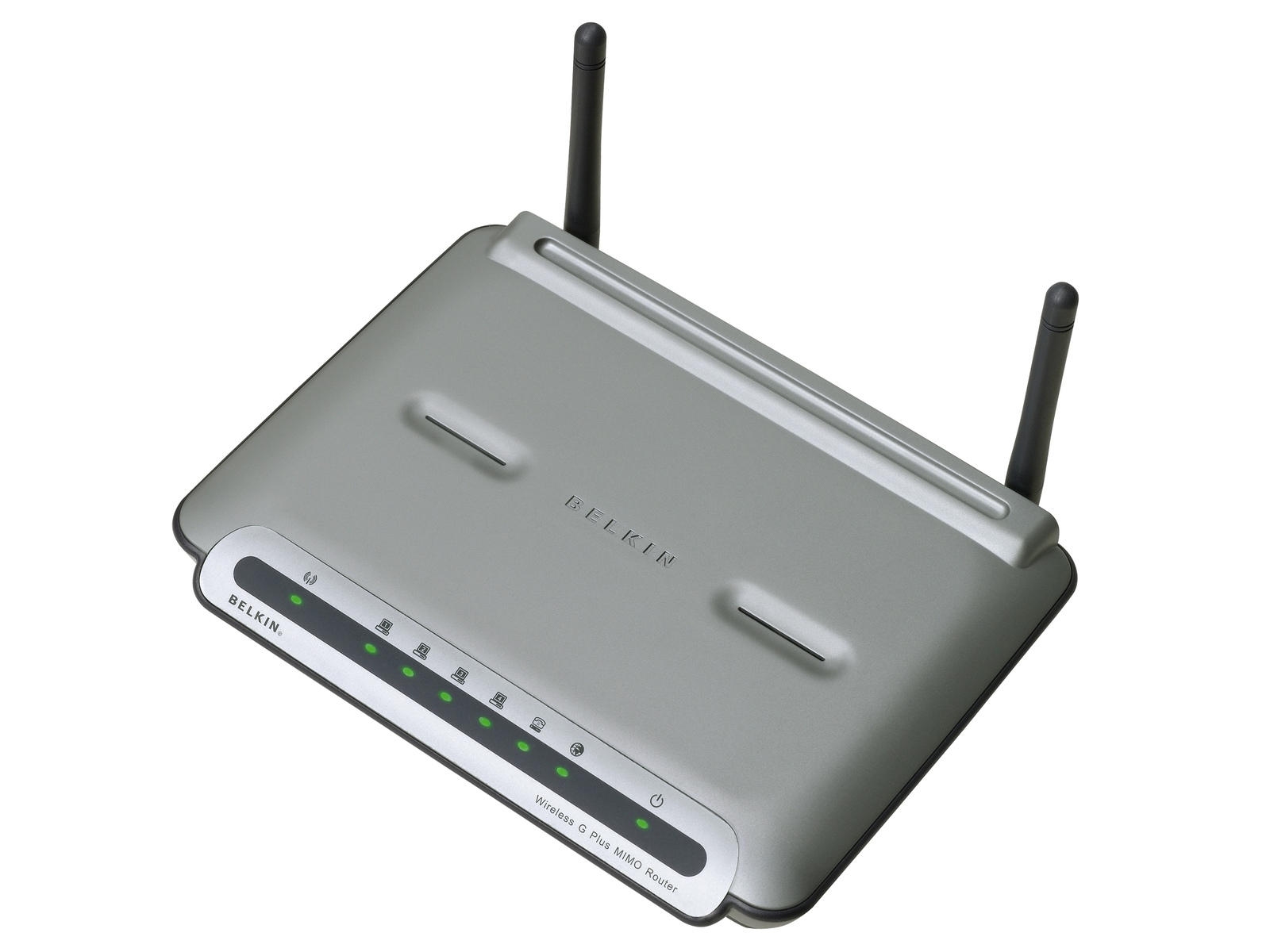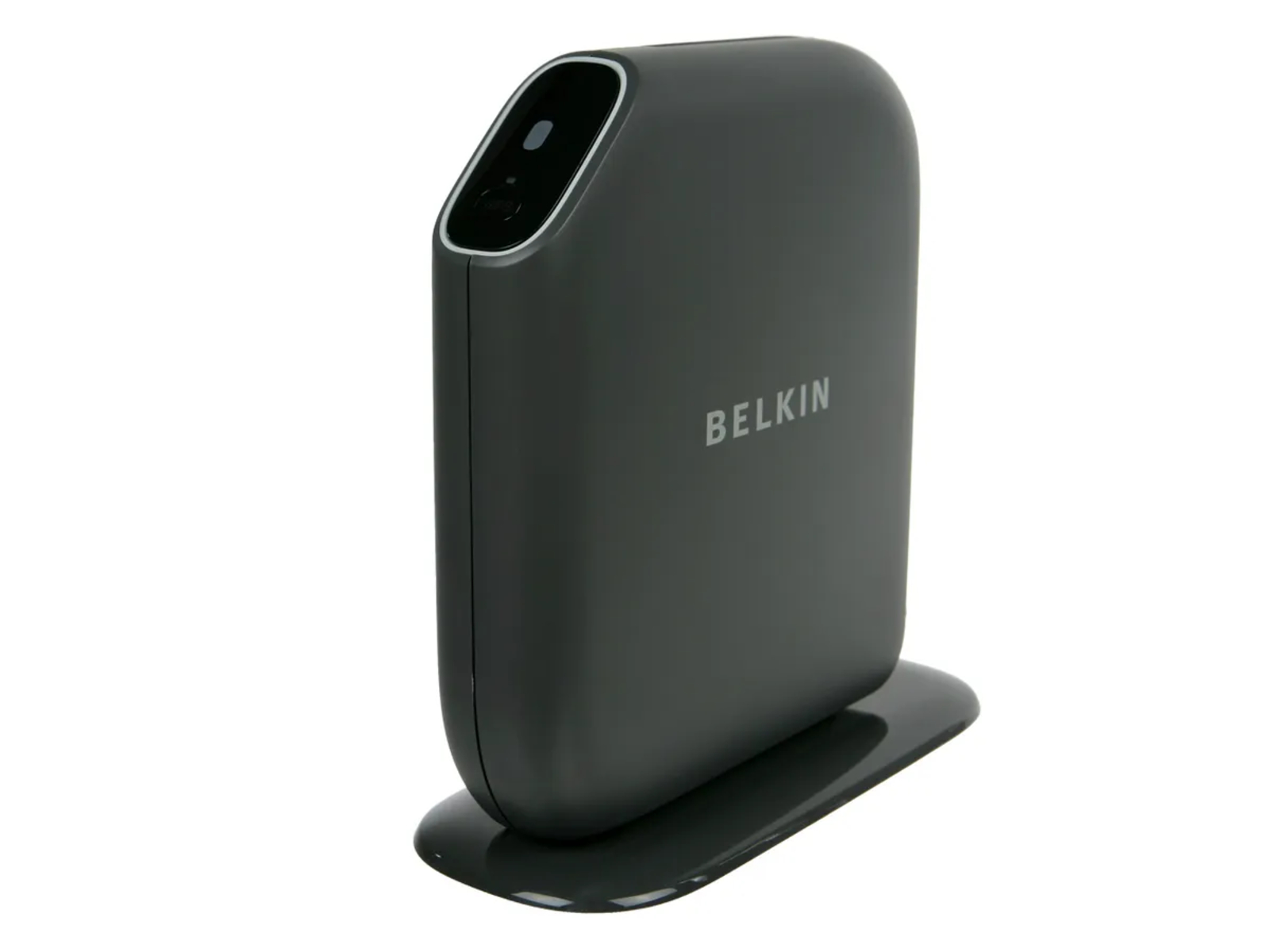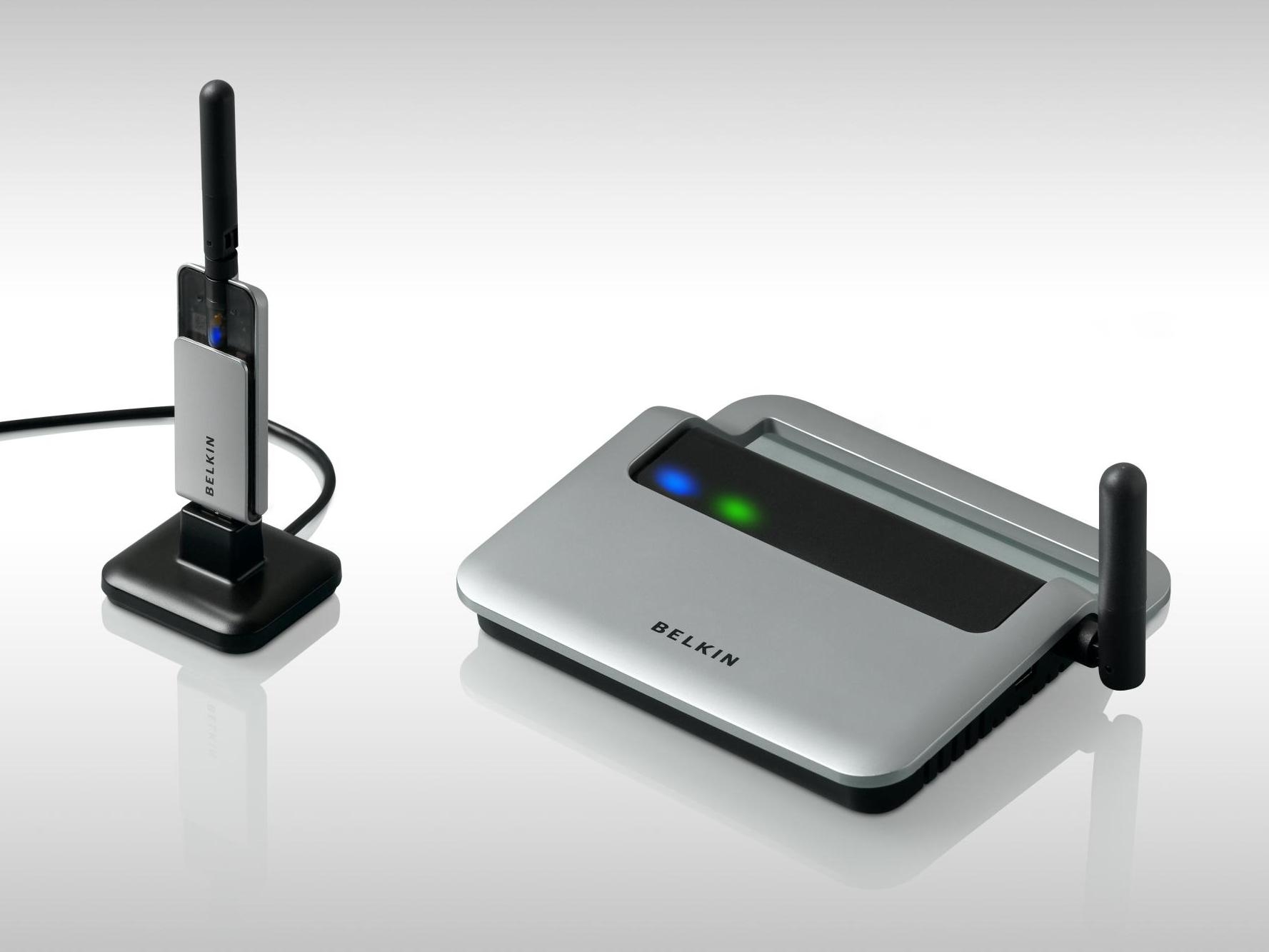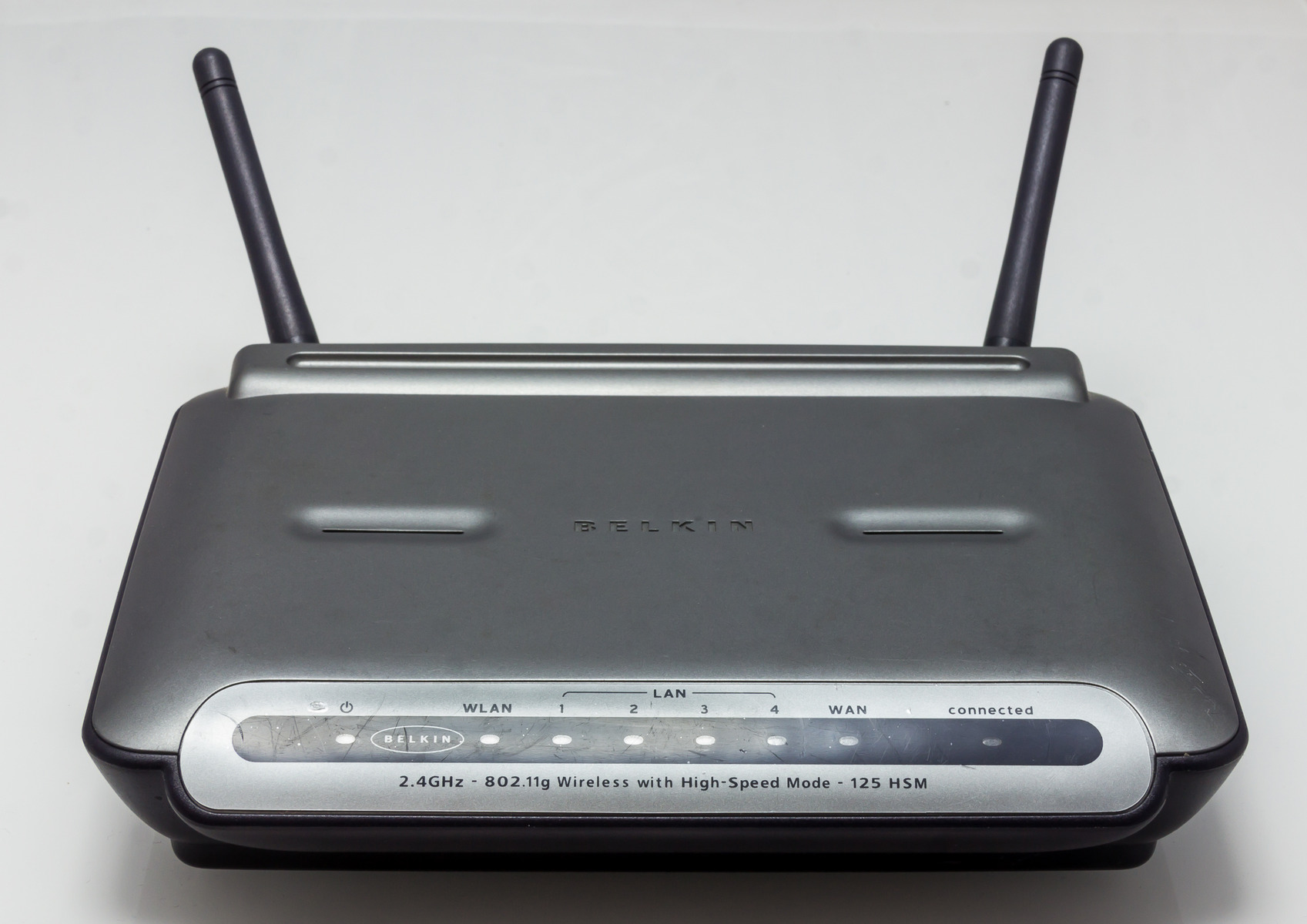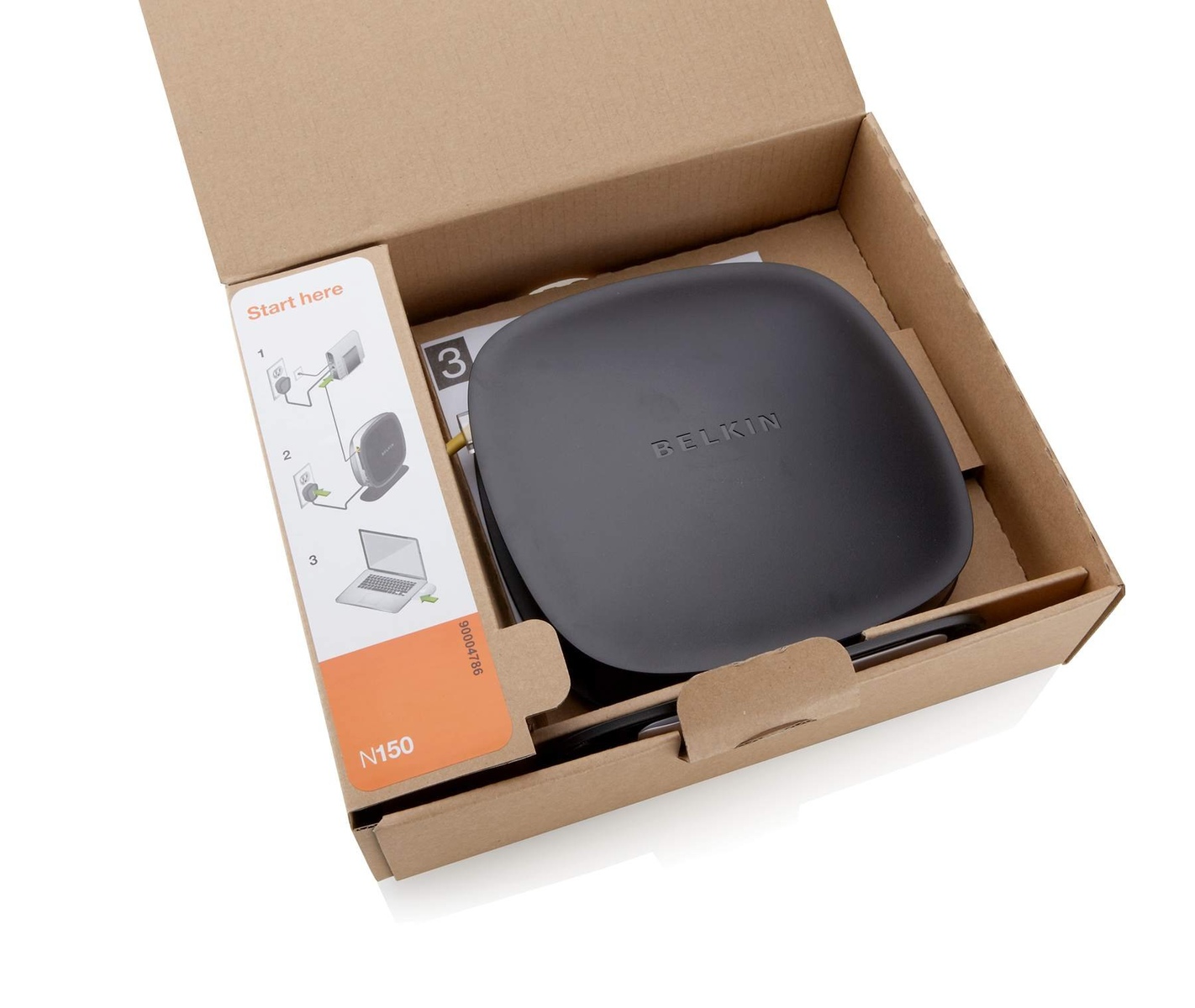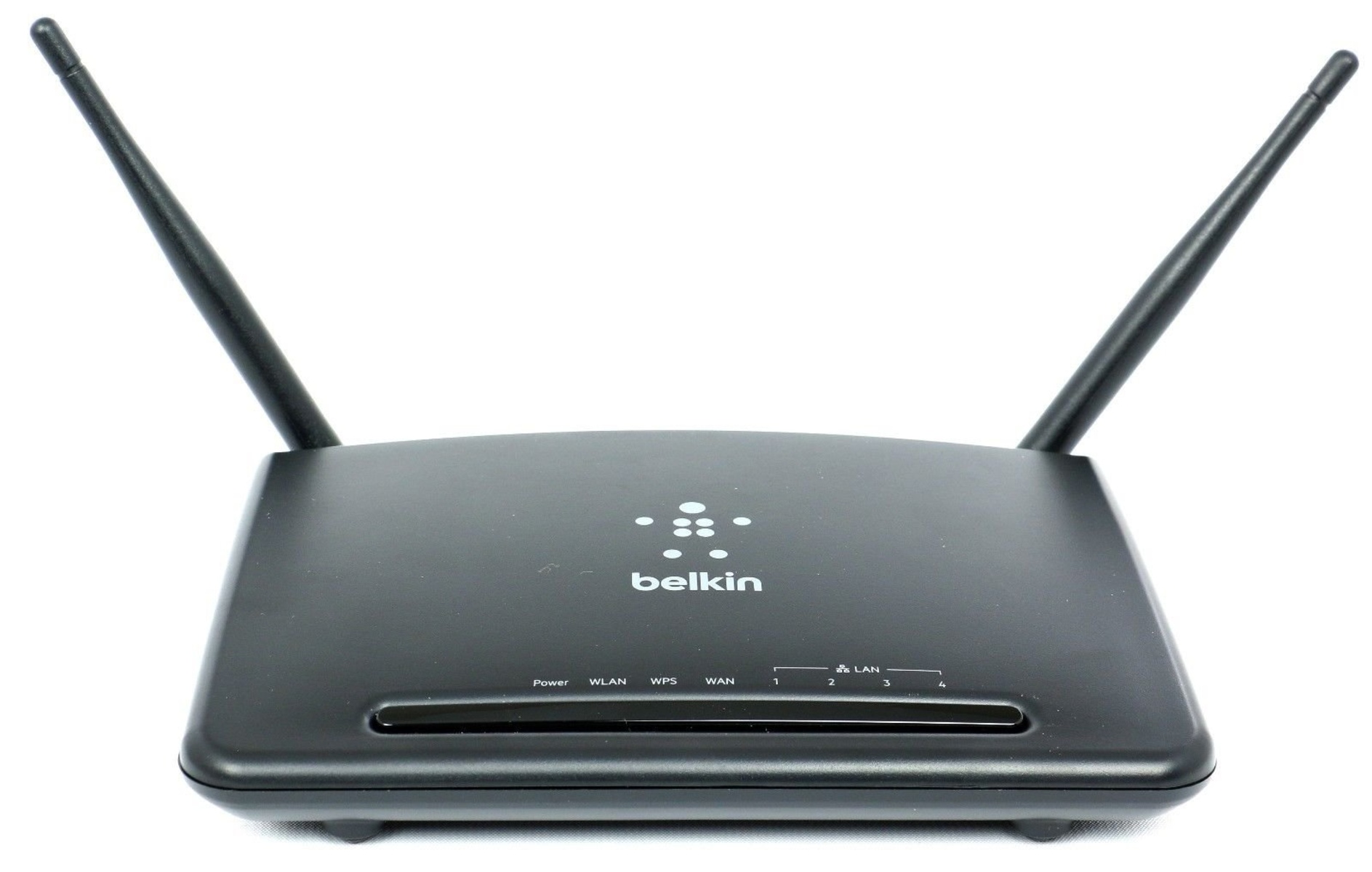Introduction
Welcome to this guide on how to log into your Belkin wireless router. Logging into your router’s admin interface allows you to access and modify its settings, ensuring optimal performance and security for your network. Whether you need to change the Wi-Fi password, update the firmware, or configure advanced settings, accessing your router’s control panel is essential.
Belkin is a renowned manufacturer of wireless routers that offer exceptional performance and user-friendly interfaces. The process of logging into a Belkin router is straightforward and can be completed in just a few simple steps. In this article, we will walk you through the process, providing clear instructions and helpful tips along the way.
Before we get started, it’s important to note that you will need a Wi-Fi enabled device, such as a laptop, smartphone, or tablet, to access the router’s settings. Additionally, make sure you are connected to the Belkin router’s network either via Wi-Fi or a wired connection.
Now, without further ado, let’s dive into the steps required to log into your Belkin wireless router.
Step 1: Connect your device to the router
The first step in logging into your Belkin wireless router is to establish a connection between your device (laptop, smartphone, or tablet) and the router’s network.
If you are using a Wi-Fi enabled device, ensure that the Wi-Fi feature is turned on. From the list of available networks, select your Belkin router’s network name (also known as SSID) and enter the network password when prompted. Once connected, you should see the Wi-Fi symbol on your device’s screen, indicating a successful connection.
Alternatively, if your device supports wired connections, you can directly connect it to one of the Ethernet ports on the router using an Ethernet cable. This method eliminates the need for a wireless connection and provides a more stable and reliable connection.
Once your device is connected to the Belkin router, proceed to the next step to access the router’s login page.
Step 2: Open a web browser
After establishing a successful connection between your device and the Belkin wireless router, the next step is to open a web browser.
You can use any web browser of your choice, such as Google Chrome, Mozilla Firefox, Safari, or Microsoft Edge. Simply locate the browser icon on your device’s home screen or taskbar and click on it to launch the browser.
Once the web browser is open, make sure you have a stable internet connection. This is important as you will need to access the router’s login page, which requires an active internet connection.
If you are using a wired connection, your device should automatically detect the internet connection provided by the Belkin router. If you are using a wireless connection, ensure that you are connected to the same Wi-Fi network as the Belkin router.
With the web browser open and the internet connection established, you are now ready to proceed to the next step of entering the router’s IP address.
Step 3: Enter the router’s IP address
Once you have opened a web browser and ensured a stable internet connection, the next step is to enter the router’s IP address in the browser’s address bar. The IP address serves as the unique identifier for your Belkin wireless router’s control panel.
By default, the Belkin router’s IP address is often set to 192.168.2.1 or 192.168.1.1. You can enter either of these addresses in the browser’s address bar and press Enter.
After entering the IP address, the web browser will attempt to establish a connection with the Belkin router’s login page. This process may take a few seconds, so please be patient.
If the connection is successful, you will be redirected to the Belkin router’s login page. However, if you receive an error message or are unable to establish a connection, it is possible that the router’s IP address has been changed. In such cases, you can try to locate the correct IP address by checking the router’s documentation or using other methods.
Once you have entered the correct IP address, proceed to the next step where you will enter the login credentials to access the router’s settings.
Step 4: Enter the login credentials
After successfully reaching the Belkin router’s login page, the next step is to enter the login credentials to access the router’s settings. These credentials are used to ensure authorized access to the router’s administrative interface.
By default, the Belkin router typically uses a default username and password combination. Common defaults include “admin” for both the username and password, “admin” for the username and “password” for the password, or “admin” for the username and leaving the password blank.
However, it is highly recommended to change the default login credentials to enhance the security of your network. If you have previously set up personalized login credentials, enter them accordingly.
If you are unsure of the login credentials or have forgotten them, you may need to perform a factory reset of the router. This will revert the router’s settings back to their default state, including the default username and password. Please note that performing a factory reset will erase any customized settings you have made to the router.
Once you have entered the correct login credentials, click on the “Login” or “Submit” button to proceed. If the credentials are valid, you will be granted access to the router’s settings page.
Keep in mind that the login page may vary slightly depending on the Belkin router model or firmware version. However, the general process of entering the login credentials remains the same.
Now that you have successfully entered the login credentials, you can proceed to the next step where you will be able to access and customize the router’s settings according to your needs.
Step 5: Access the router’s settings
After logging in with the correct credentials, you will gain access to the Belkin router’s settings. This is where you can make various changes to personalize your network configuration and optimize the router’s performance.
Once inside the router’s settings page, you will be presented with a user-friendly interface. The exact layout and options may vary depending on the model and firmware version of your Belkin router.
Here are some common settings and features that you may find within the router’s control panel:
- Wireless settings: Customize your Wi-Fi network name (SSID), password, encryption type, and channel settings. This allows you to secure your network and optimize its performance.
- LAN settings: Configure IP address settings, DHCP server settings, and other network-related parameters.
- Security settings: Set up or modify firewall settings, port forwarding, and other security measures to protect your network from unauthorized access.
- Parental controls: Set up restrictions and filters to limit internet access for specific devices or users.
- Device management: Update the router’s firmware, change administrative passwords, and manage connected devices.
- Advanced settings: Access additional advanced features, such as dynamic DNS, VPN setups, and Quality of Service (QoS) settings.
It is important to note that modifying certain settings in the router’s control panel can have a significant impact on your network’s functionality. Therefore, it is advised to proceed with caution and refer to the router’s documentation or online resources for guidance.
Once you have made the desired changes to the router’s settings, don’t forget to save the modifications before exiting the control panel.
That’s it! You have successfully accessed and explored the Belkin router’s settings. Feel free to adjust the configurations as needed, ensuring an efficient and secure network.
Conclusion
Logging into your Belkin wireless router allows you to have full control over your network settings, ensuring optimal performance and security. By following the steps outlined in this guide, you can easily access your router’s admin interface and make the necessary adjustments.
We began by connecting your device to the router, either through a wireless or wired connection. Next, we opened a web browser to access the router’s login page by entering the router’s IP address. From there, we entered the login credentials to gain access to the router’s settings. Finally, we explored the various options within the router’s control panel to customize the network configuration.
Remember to always use strong and unique login credentials for your router to enhance the security of your network. Update your Wi-Fi password regularly and consider enabling additional security features, such as firewall settings and parental controls.
If you encounter any issues during the login process or need further assistance, refer to the router’s documentation or contact Belkin support for troubleshooting steps specific to your router model.
By successfully logging into your Belkin wireless router, you have taken an important step in managing and optimizing your network. Enjoy the enhanced performance and security that a customized router setup can provide!







